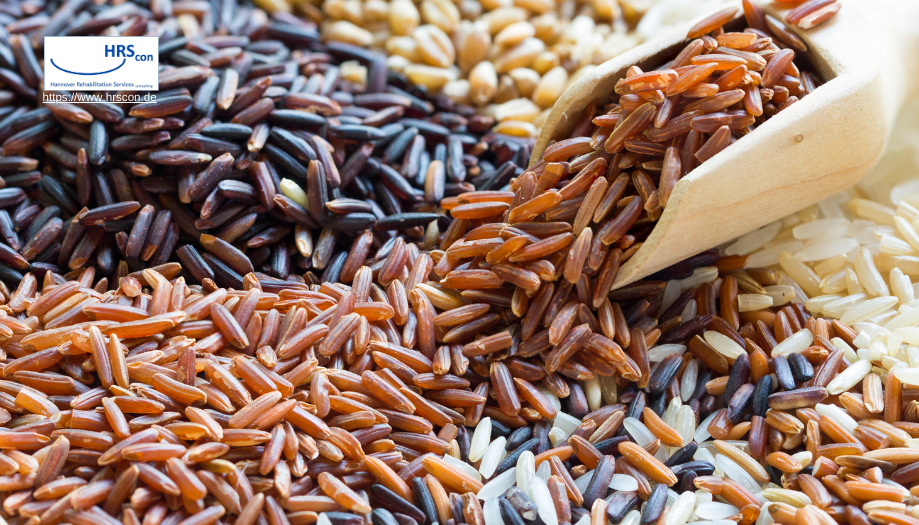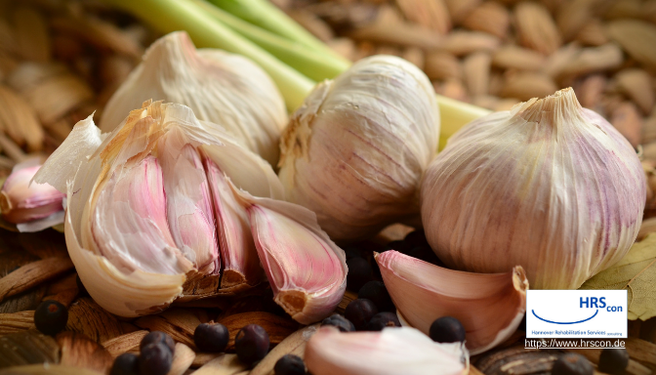The global issue of micronutrient deficiency, often referred to as “hidden hunger,” affects nearly a third of the world’s population. One essential nutrient, zinc, plays a vital role in human health, contributing to immune function, growth, and development. However, traditional diets, especially in regions that rely heavily on staple crops like rice, often fail to meet the recommended daily zinc intake. In response, recent research has focused on zinc biofortification, a process that increases the zinc content in crops. A recent study has highlighted the success of biofortifying colored rice cultivars with zinc, promising improved health outcomes and more sustainable agricultural practices.
Why Zinc Matters
Zinc is an essential mineral that supports numerous bodily functions, including protein synthesis, gene expression, and immune system function. Despite its importance, zinc deficiency is a widespread problem, especially in developing countries. Low dietary zinc intake can lead to stunted growth, weakened immunity, and increased susceptibility to infections. Considering that over half of the global population depends on rice as a staple food, enhancing its nutritional value could be a game-changer for global health.
The Challenge of Zinc Deficiency in Rice
Rice, although rich in energy and carbohydrates, typically has low levels of essential micronutrients like zinc. This problem is exacerbated when rice is milled, as the outer layers that contain most of the minerals are removed. Regular white rice, which is consumed widely, generally does not meet the daily zinc requirements set by health authorities. As a result, people who rely on rice as their primary food source often face zinc deficiency.
Zinc Biofortification: A Sustainable Solution
Biofortification is a process of increasing the nutrient content of crops through agronomic practices, conventional plant breeding, or modern biotechnology. The recent study has demonstrated that zinc biofortification in colored rice, specifically through the use of foliar zinc application, can significantly increase the zinc content of rice grains. This method involves spraying zinc fertilizers onto the leaves of rice plants during their growth cycle, ensuring efficient absorption and distribution of zinc throughout the plant.
Key Findings from the Study
- Significant Increase in Zinc Content: The study found that applying a foliar zinc spray at the heading stage of rice growth could increase the zinc content in rice grains by 43.92%, from an average of 28.87 mg/kg to 41.55 mg/kg. Particularly notable was the performance of specific colored rice cultivars, such as GXHZ and GHSZ, which achieved zinc concentrations of 69.7 mg/kg and 55.4 mg/kg, respectively, surpassing the standard of zinc-rich rice set at 45 mg/kg.
- Enhanced Agronomic Traits: The research also highlighted that zinc biofortification not only improves the nutritional value but also enhances the agronomic characteristics of rice. For instance, plant height and biomass, which are crucial for overall crop yield, were significantly higher in biofortified plants. Improved plant growth and health suggest that biofortification could help farmers achieve better productivity without compromising crop quality.
- Better Protein Content: In addition to increased zinc levels, the study observed a 2.91% rise in grain protein content across the seven colored rice cultivars tested. This improvement is critical because higher protein content enhances the overall nutritional value of rice, making it a more complete food source.
- Health Risk Assessment: Importantly, the study confirmed that the zinc levels achieved through biofortification are safe for consumption. The health risk index (HRI), a measure used to determine potential health risks from mineral intake, showed that the zinc content in biofortified rice is well within safe limits for both adults and children. This assurance is vital for large-scale adoption and consumption.
Benefits of Zinc-Biofortified Colored Rice
- Addresses Global Nutritional Deficiencies: By enhancing the zinc content of rice, biofortification can help address the widespread issue of zinc deficiency. Regular consumption of biofortified rice can meet daily zinc requirements, leading to better health outcomes, particularly for children and pregnant women who are most vulnerable to micronutrient deficiencies.
- Sustainability and Cost-Effectiveness: Traditional zinc supplementation and food fortification programs are effective but can be expensive and logistically challenging. In contrast, zinc biofortification is a sustainable and cost-effective method that does not require additional processing after the crop is harvested. It leverages natural agricultural practices to improve nutrition, making it accessible to farmers and consumers alike.
- Improves Agricultural Efficiency: The method of foliar zinc application used in the study is efficient and enhances the overall growth and resilience of rice plants. Healthier plants not only yield more but also have improved resistance to diseases and environmental stressors. This increased efficiency contributes to better economic outcomes for farmers, who can produce higher-quality crops without significant increases in input costs.
Practical Implications for Farmers
For farmers, adopting zinc biofortification practices can lead to multiple benefits. The application of zinc fertilizers through foliar sprays is a straightforward process that does not require specialized equipment. Additionally, the improved crop yield and quality can lead to higher market prices, incentivizing farmers to adopt these practices. The research encourages the cultivation of specific colored rice cultivars, such as GXHZ and GHSZ, which have shown excellent potential for zinc accumulation. This targeted approach ensures that farmers can choose the best crops for their local conditions, maximizing both nutritional and economic benefits.
The Future of Biofortified Crops
The success of zinc biofortification in rice sets a promising precedent for other staple crops, such as wheat, maize, and legumes. Researchers are optimistic that similar biofortification techniques can be applied to these crops, further enhancing global food security and nutrition. Continued research and development, along with support from governments and agricultural organizations, will be crucial in scaling up these efforts and ensuring that biofortified crops reach those who need them most.
Conclusion
Zinc biofortification in colored rice represents a significant advancement in the fight against micronutrient deficiencies. By increasing the zinc content of rice through sustainable agronomic practices, researchers have paved the way for healthier diets and improved agricultural practices. For common people, this means access to more nutritious food without the need for expensive supplements. For farmers, it offers a chance to produce higher-quality crops that can fetch better prices, promoting economic sustainability. As the world continues to face challenges related to food security and nutrition, biofortified crops like zinc-enriched rice can play a vital role in building a healthier and more resilient future.
Call to Action
Farmers, agriculturalists, and policymakers should consider promoting the cultivation of zinc-biofortified rice to address the ongoing issue of micronutrient deficiency. By supporting research and encouraging the adoption of biofortified crops, we can ensure that future generations have access to nutritious, safe, and sustainable food.




